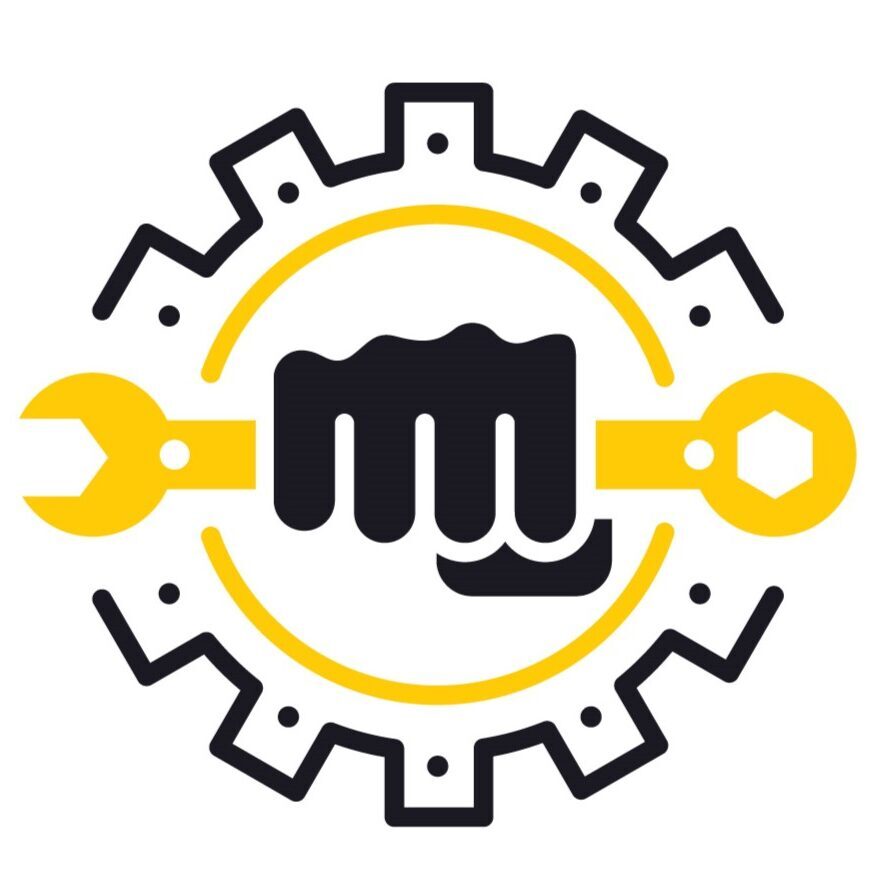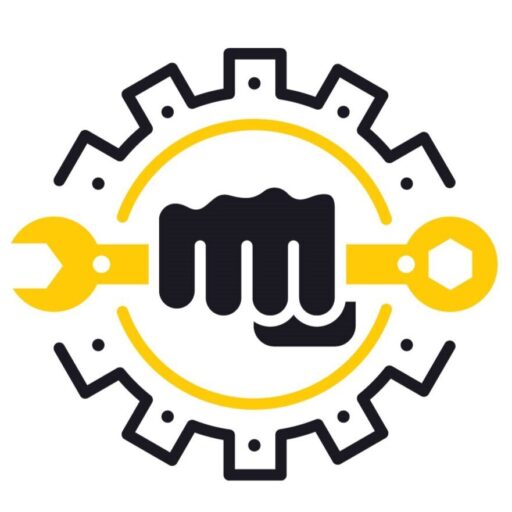If you’re a NASCAR fan, you probably heard the buzz about Kyle Larson receiving a vehicle interference penalty at Watkins Glen during the recent playoff race. It was a big moment that shook up the race and left many wondering what exactly went down. Let’s break it all down in a simple, easy-to-understand way so you can follow the drama and why it matters.
What Is a Vehicle Interference Penalty?
First off, what does “vehicle interference” mean in NASCAR? Imagine you’re in a busy parking lot, and someone tries to squeeze their car into your parking spot while you’re already parked. It’s not just rude-it’s dangerous! In NASCAR, the pit road is like that busy parking lot, but way faster and with pit crews working hard to fix cars in seconds. If a driver gets too close or interferes with another team’s pit stop, NASCAR can give a penalty to keep everyone safe.

The Scene at Watkins Glen
At Watkins Glen, Kyle Larson was racing hard in the playoffs, trying to gain every advantage he could. After Stage 2 of the race, Larson headed to pit road for a quick stop. But here’s where things got tricky. Erik Jones was already in his pit box getting serviced by his crew. Larson tried to get to his own pit box but ended up crowding Jones’s pit area a bit too much. NASCAR spotted this and handed Larson a vehicle interference penalty because he crossed into Jones’s space, which is against the rules designed to protect the pit crews.
Why Did Larson Get Penalized?
The pit road has painted lines-think of them as invisible boundaries or “orange boxes”-that drivers must respect when pulling into their pit spots. These lines exist to give pit crews enough space to work safely without worrying about cars squeezing in too close. Larson’s car went over these boundaries and into Jones’s pit box, which NASCAR doesn’t allow. It’s like stepping on someone else’s toes during a dance-except way faster and with more at stake.
Larson’s Reaction
After the penalty, Larson apologized to his team. He said he thought he was being “extremely cautious” but still ended up too close to the other pit crew. It was an honest mistake, but in NASCAR, even small errors like this can cost big time because the penalty means Larson had to drop back in the race order, losing valuable track position.
What Does This Mean for the Race?
This penalty wasn’t just a minor inconvenience. It pushed Larson further back in the field, making it harder for him to fight for the win. On a tough day where Larson already struggled with speed and traffic, this penalty added to his challenges. Despite this, Larson and his team kept pushing to move up through the field, showing determination even when things weren’t going their way.
Why Are These Rules Important?
You might wonder why NASCAR is so strict about these pit road rules. The answer is safety. Pit crews work at lightning speed to change tires, add fuel, and fix cars. If a driver comes too close or interferes with another team’s pit stop, it can cause crashes or injuries. These rules help protect the hardworking pit crews and keep the race fair for everyone.
What Did Experts Say?
Kevin Harvick, a fellow NASCAR driver and commentator, talked about Larson’s penalty on his show. He explained that the painted lines on pit road give NASCAR a clear way to judge if a driver is interfering with another team. Harvick also mentioned that teams can challenge penalties if they think NASCAR made a mistake, but in Larson’s case, it was a clear call. Harvick shared stories from his own racing days about how pit road was a wild place back then, but NASCAR has since made it safer with these rules.
The Bigger Picture: Playoff Impact
This penalty came at a crucial time during the NASCAR playoffs, where every point and position counts. Larson’s penalty affected not just his race but also the playoff standings. With tough competition and high stakes, mistakes like this can make the difference between moving forward or being knocked out of the championship hunt.
Kyle Larson’s Penalty Reaction at Watkins Glen
Incident Overview
Kyle Larson received a vehicle interference penalty at Watkins Glen, which resulted in a significant setback during the race. His response demonstrated a characteristic mix of frustration and professional accountability.
Immediate Reaction
Larson’s response to the penalty was marked by:
- A direct apology to his team
- Acknowledgment of crossing into Erik Jones’s pit box
- Admission that despite his attempts to be careful, he still made a mistake
Professional Approach
The penalty cost Larson valuable track position, but his reaction reflected his consistent approach to racing challenges:
- Took full responsibility for the error
- Remained focused on recovering during the race
- Showed a reflective attitude typical of his racing persona
Context of Similar Past Incidents
Larson has a history of handling penalties with maturity. For instance, after a speeding penalty at the Indy 500, he candidly stated he was “pretty upset with myself” and emphasized the need for improvement.
Summary
Ultimately, Larson’s reaction to the Watkins Glen penalty was a balanced response of:
- Genuine frustration
- Personal accountability
- Determination to overcome the setback
His approach underscores his reputation as a professional driver who takes responsibility for on-track mistakes while maintaining a competitive spirit.
Wrapping It Up
So, there you have it! Kyle Larson receives vehicle interference penalty at Watkins Glen because he accidentally crossed into another team’s pit box, breaking the rules designed to keep pit road safe. It was a costly mistake that pushed him back in the race and added to a challenging day. But it also shows how NASCAR’s rules protect everyone and keep the competition fair and exciting.
If you’re watching NASCAR, keep an eye on pit road action-it’s not just about speed on the track but also about precision and respect in the pits. And who knows? Maybe next time, Larson will nail that perfect pit stop and zoom ahead!
Thanks for reading, and stay tuned for more NASCAR updates!


